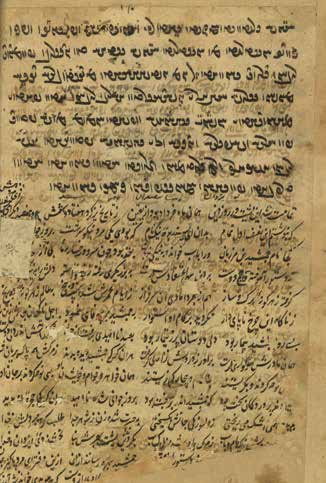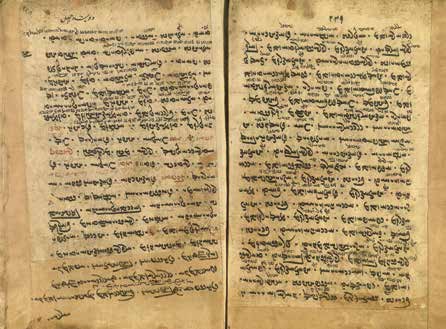
Vendidad
Iran - University of Tehran Central Library
Story
The Avesta consists of the five religious texts of Zoroastrianism which is one of the oldest religions in the world. It is written in the Avestan language. It is the holy book for Zoroastrians in Iran, India, Afghanistan and Azerbaijan. None of the surviving manuscripts of the Avesta include all five texts. The oldest and most complete Avesta manuscript identified to date includes three texts: Vendidad, Visperad and Yasna. It is that version of Vendidad which is inscribed on the Asia Pacific Register. It is written in Avestan, Pahlavi and Persian and was transcribed in 1607 in Yazd, an important centre for Zoroastrians in Iran.
The Avesta manuscript is important for the study of a period of social and cultural change in Iran and India and the use of three languages in the manuscript makes it important for linguistic studies. The Vendidad contains information on religious ceremonies and protocols. There are passages on the origin of Iranians, the cities they lived in and the migration of Iranian Zoroastrians to other countries including India, where they later became known as Parsee. It also includes information on ancient names, penal codes for criminals and sinners, and on medicines and medical fees. The Visperad and Yasna, contain the liturgies recited during ceremonies.
Vendidad is 292 pages long and measures 36 by 24 cm. It is covered in a worn leather binding. Information on the history of the manuscript is provided through the extensive annotations which are written on the manuscript that were made by previous owners.
Images
Location
Information
- Registration Year:
2014
- Related Repositories
- University of Tehran Central Library
- Download
- Nomination Form

